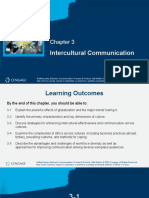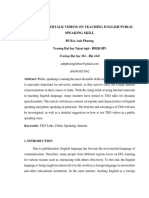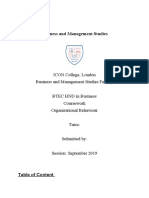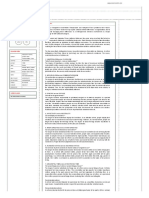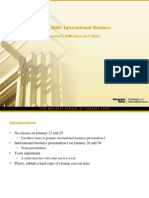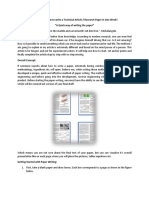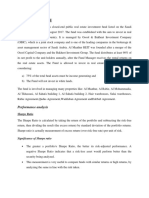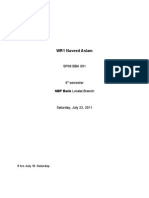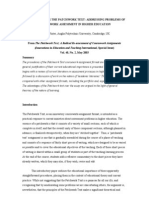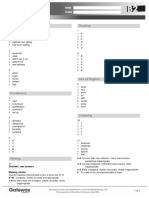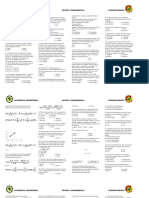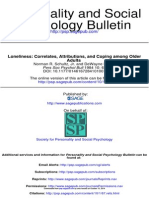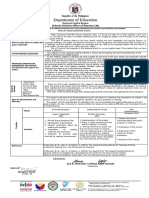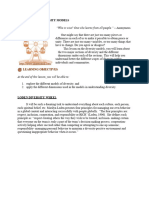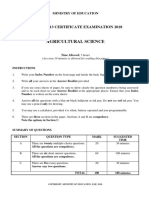100% found this document useful (1 vote)
226 views25 pagesChapter 11 Power Point (1) - 5 PDF
Chapter 11 presentation
Uploaded by
Muhammad NaveedCopyright
© © All Rights Reserved
We take content rights seriously. If you suspect this is your content, claim it here.
Available Formats
Download as PDF, TXT or read online on Scribd
100% found this document useful (1 vote)
226 views25 pagesChapter 11 Power Point (1) - 5 PDF
Chapter 11 presentation
Uploaded by
Muhammad NaveedCopyright
© © All Rights Reserved
We take content rights seriously. If you suspect this is your content, claim it here.
Available Formats
Download as PDF, TXT or read online on Scribd
/ 25


